
This iconic city gate terminates the southern end of the “Alte Brücke,” or “Old Bridge,” which crosses the Neckar River.

Another city, another beer to try!

The streets of Heidelberg were quite charming.

The “Kornmarkt,” or “Grain Market,” was one of many squares with great views of the dominant castle.

You have to take the “Schlangenweg,” or “Snake Way,” a zig-zagging narrow path, up to Philosophenweg.

“Philosophenweg,” or “Philosopher’s Way,” is a path along the hill opposite the Altstadt, which provides the perfect view of the city. Legend has it that professors from Heidelberg University, the oldest university in Germany, frequented this path, giving it its name.

A trip to Heidelberg is not complete without a journey along Philosophenweg.

Beautiful trees, flowers, and bushes line Philosophenweg with periodic breaks that provide stunning views of the city.

We rode the funicular, actually two, to the top of the Königstuhl, the tallest mountain in the surrounding area.

Riding the funicular was almost like being back in Pittsburgh!

From the top we got a far-reaching view of the city and its outskirts.

The slope up to the castle is studded with unique roof lines.

From the inner courtyard, you can appreciate the numerous buildings that form the larger castle complex.

The walls and sky peaking through the windows enhance the dramatic ruin quality of the castle.

The elaborate architecture contributed to the castle’s renowned reputation.

The castle is layered in the history of being destroyed and rebuilt and re-destroyed and re-rebuilt.

This tower, which housed gunpowder, was blown up by the French during the War of Palatinate Succession, leaving the sublime ruins behind.

Despite his relentless, unfunny jokes, I love my dad.

Sunny days and smiling tourists

The “Große Fass,” or “Heidelberg Tun,” is the largest wine barrel in the world. A court jester dubbed, Perkeo, watched over the barrel. His name is a play on "perché no?" or “why not?” in Italian, which was his go-to response when asked if he wanted more wine. He is rumored to have died after his doctor forced him to drink a glass of water after falling ill. The humorous and beloved figure now acts as the city’s unofficial mascot.

No castle is complete without a chapel.

The castle gardens extend toward the river, providing a bird’s eye view of the city.

Schloss Heidelberg is truly massive, especially when compared with the city below.

The ruins of the castle and the gardens are quite picturesque.

Schloss Heidelberg blurs the line between ruins and functional space. The bottom floor has been rebuilt while the upper two floors are open to the skies.

Resting high up on the hill, the castle seems well fortified.

The sunset cast a beautiful golden aura on the castle.

Schloss Heidelberg appears to emit a warm glow at night.

It was wonderful to see some of my Italian family! Click here to see pictures of our day together in Schwetzingen, Speyer, and Walldorf.
We arrived in Heidelberg in the early afternoon on Saturday. We immediately went into the Altstadt and found a place to eat. I had “Maultaschen,” a speciality of this region, which can be described as a German ravioli — a dough pocket filled with either a pork-and-onion or cheese-and-vegetable mixture. My dad ordered another traditional meal, “Saumagen,” which is a pancake-sized sausage served in one or two slices.
After eating, we continued our walking tour of the historic district, ending with following the “Philosophenweg,” or “Philosopher’s Walk,” back to our hotel. We had a lovely dinner to close the day, which included eating another regional staple, “Flammkuchen,” which is essentially a flatbread pizza.
To kick off Sunday, we took a funicular up to the top of Königstuhl, the tallest mountain in the area immediately surrounding the city. After enjoying an impressive view of the city, we took the funicular to an intermediary stop at Schloss Heidelberg and toured the castle, which I found to be extremely beautiful and intriguing since it is partially in ruins. We walked down the hill from the castle and had another super filling German lunch which resulted in us skipping dinner and just eating dessert that night.
On Monday we met up with my Italian cousin, Marco, who has lived outside of Heidelberg all of his adult life, and his son, Christian. Together we went to Schwetzingen, where we walked through the lush gardens of another palace and ate lunch. We then drove to Speyer to see the Cathedral, which is the largest Romanesque church in the world and is a UNESCO World Heritage Site. We then walked along the Rhein River before heading to Marco’s apartment in Walldorf, where we had a lovely dinner. Photos from our day together can be viewed on this post.
Monday night was interesting as we scurried to get my parents negative Covid tests for the flight the next morning because the regulations had just changed two days earlier. After taking care of flight preparation and packing, we enjoyed our last night together with a beer. The next morning we ate breakfast and said our goodbyes, as my cousin drove my parents to the Frankfurt airport, and I headed off to catch my train back to Munich. While goodbyes are always sad, it was a wonderful two weeks together, and I’m fortunate and elated that my parents got to experience my life in Germany first hand.
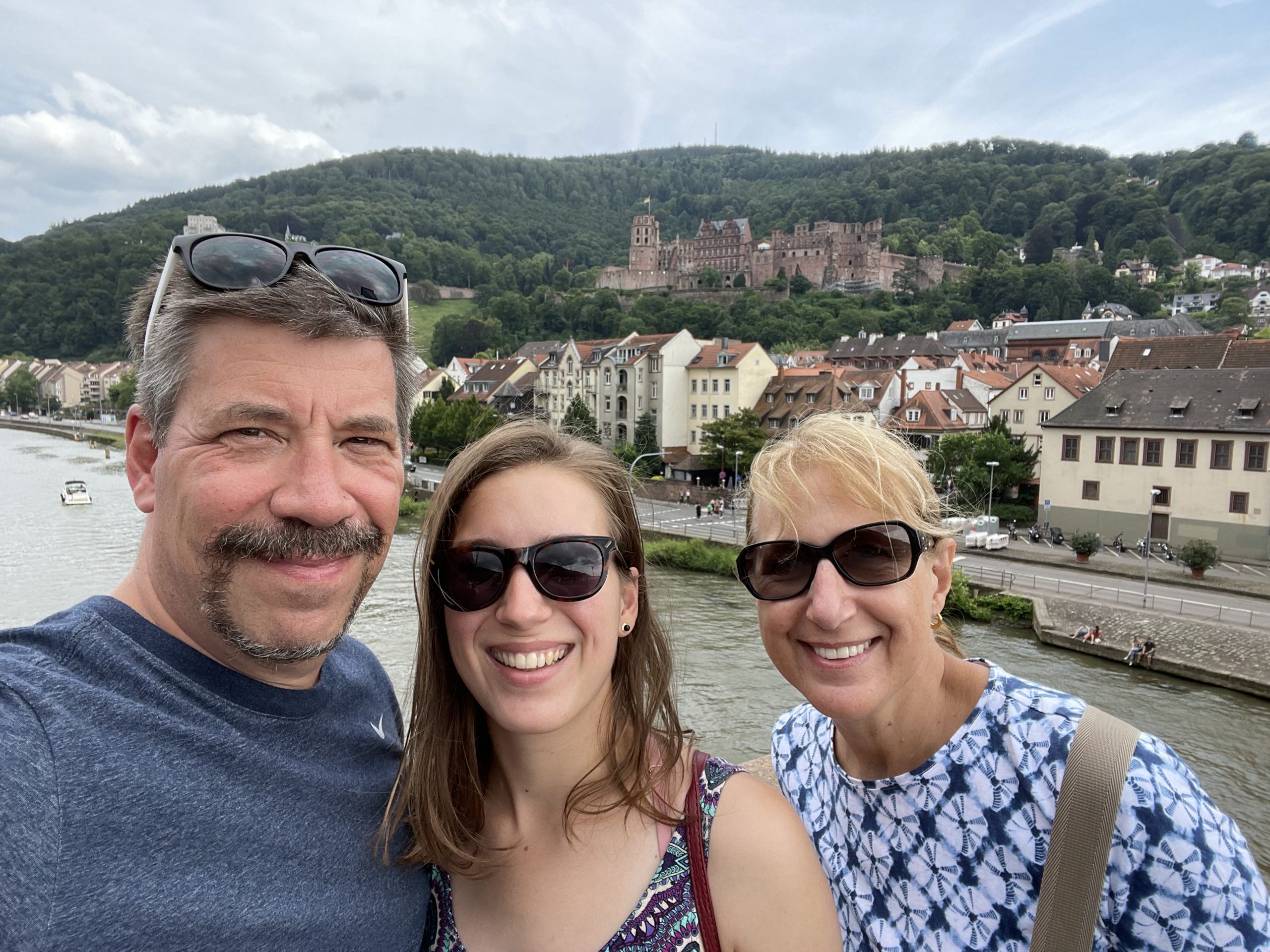





























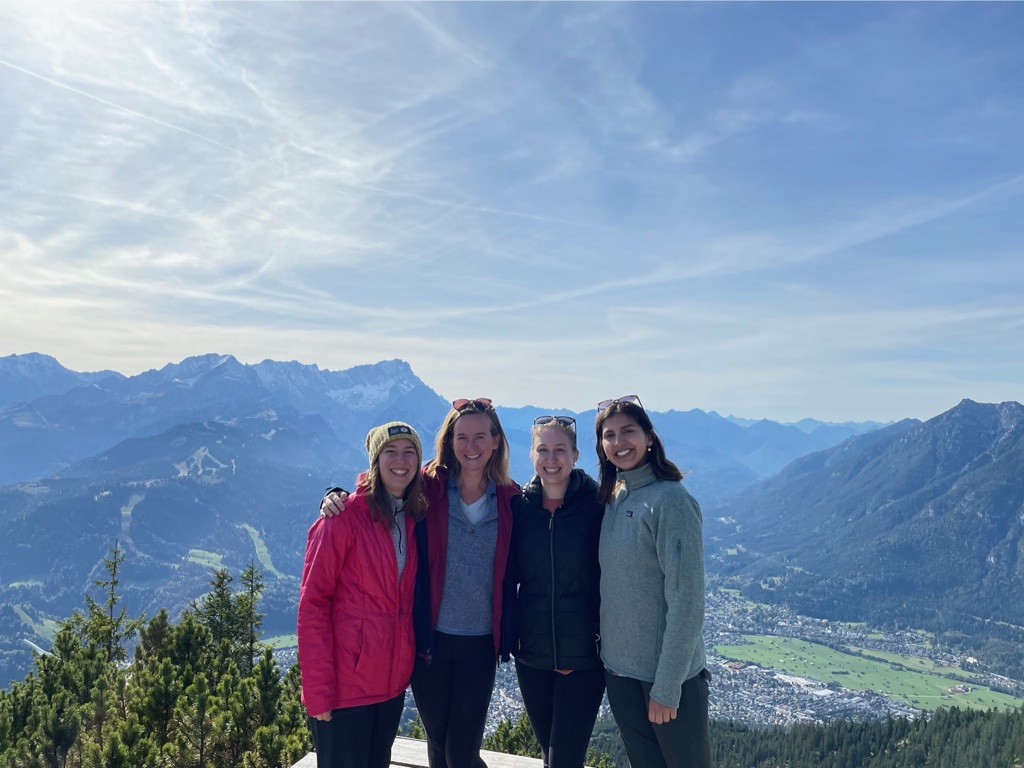
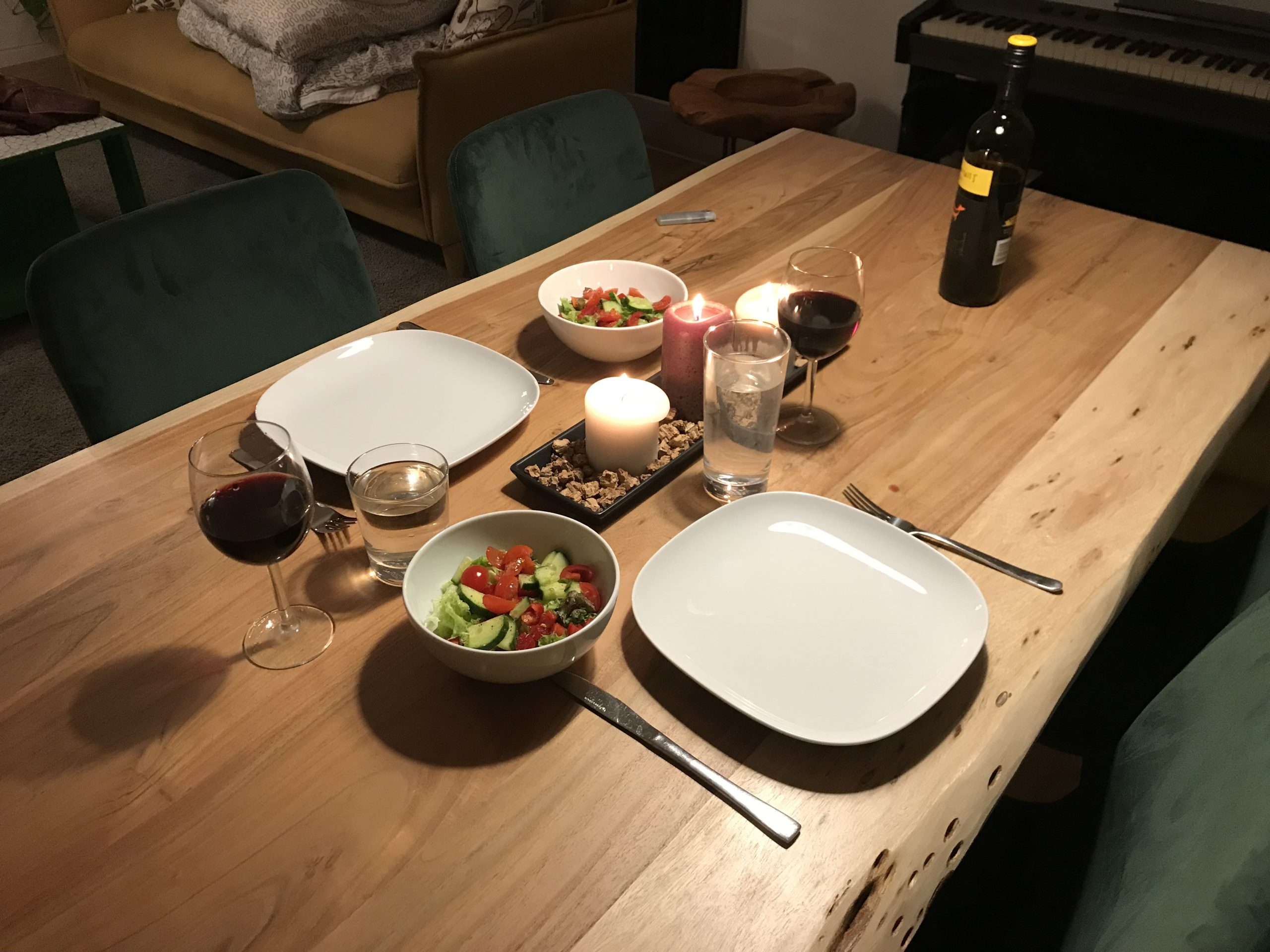
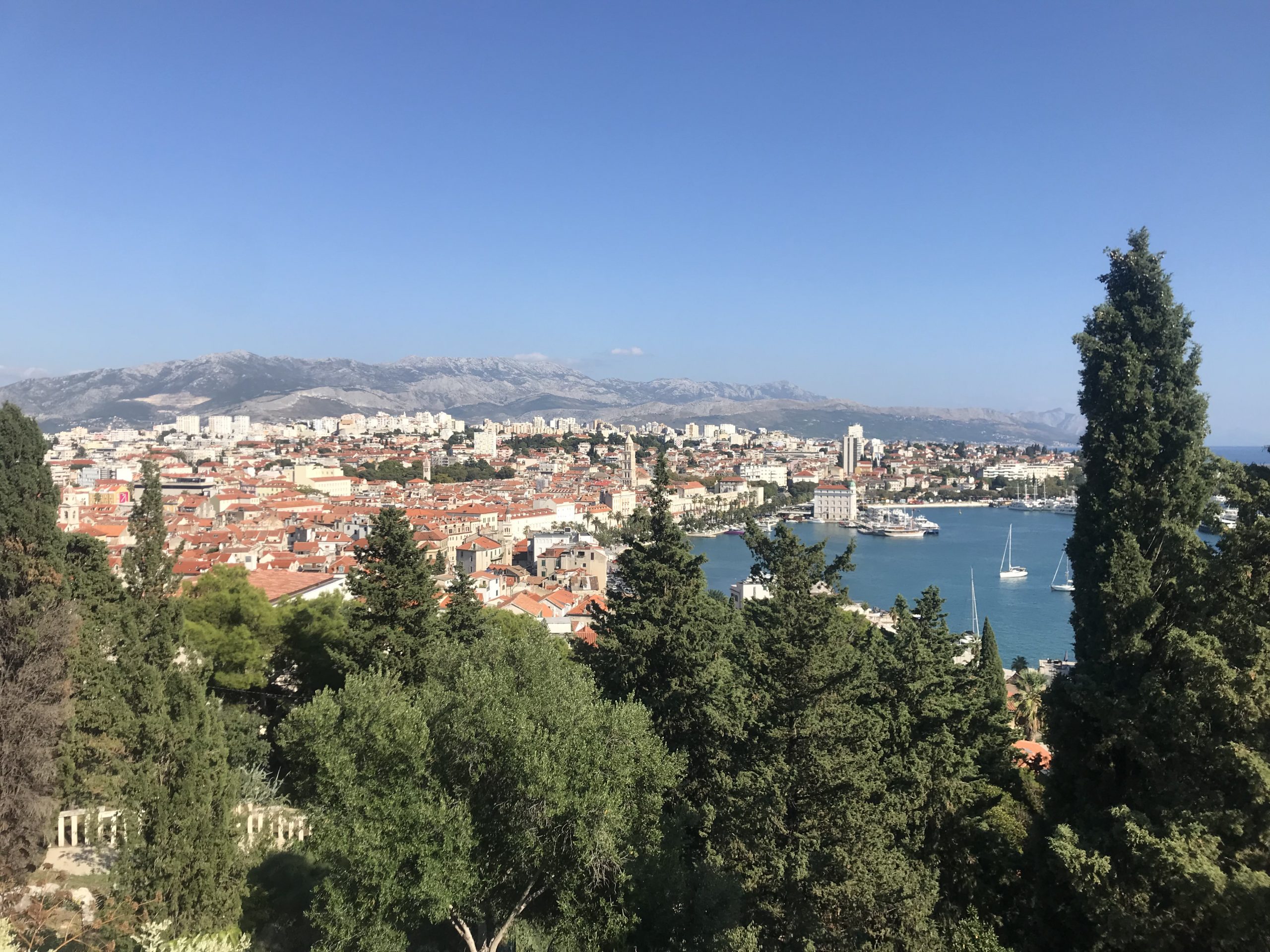

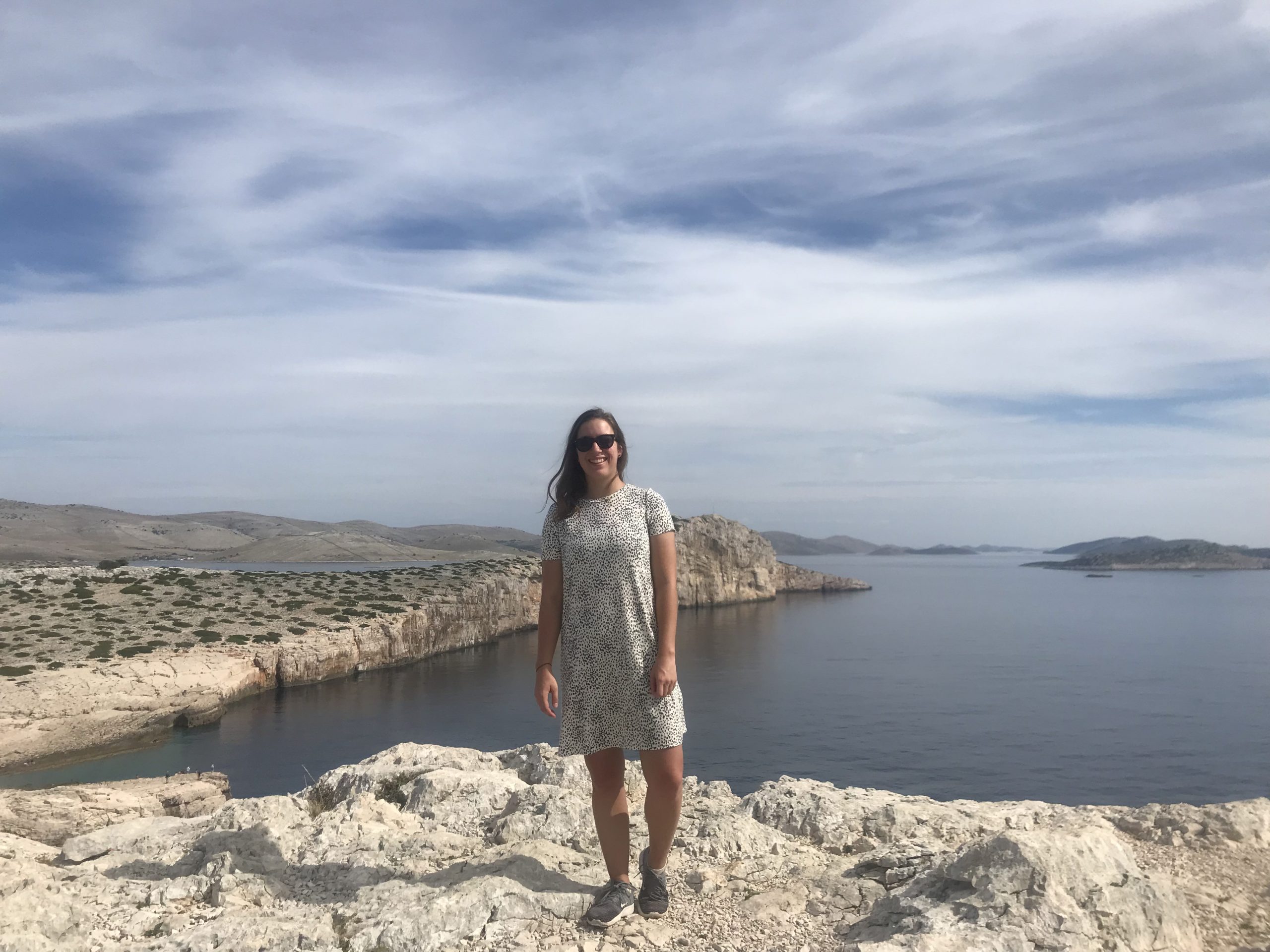
Leave A Comment